The other day someone was suggesting to me, with regard to traditional Japanese carpentry, to take up the subject and develop it, as it is a very interesting one. As I had been wanting to do this for a long time, I thought the recommendation was very welcome, so I set to work. I find traditional Japanese carpentry fascinating and I think I could read for hours, without tiring, to find out as much as possible. Actually, that's pretty much what's been happening lately. So I'm going to tell you a little bit more about traditional Japanese joinery, but also about the passion with which it is preserved despite all the modern techniques now used in construction and furniture making.
With modern means of documentation, it is not at all difficult to find examples of such joints. You can find descriptions, photos, videos and gifs showing you what you need to do to get the perfect match.

What's harder is discovering the stories among this information. And luckily I found one of them which, while not extraordinary, certainly demonstrates the Japanese desire not to lose their cultural heritage and traditions.
In 1989, a technical book appeared in Japan in which traditional joints made without the use of any other auxiliary material are described in detail, with sketches, top, front and side views, dimensions and photographs. Basically the joint is made by giving each part a particular shape. Put together, the parts fit perfectly without screws, nails, glue or other such materials.
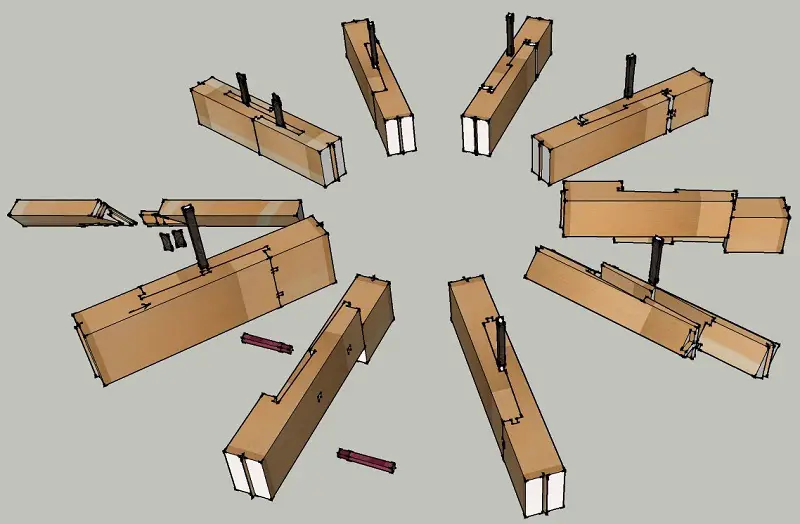
2 types of joints are described - removable and non removable. At first glance you would think that there are not many variants for each of these types, but this is not quite so. In the book there are 9 demountable and 13 non demountable joints, and for many of them there are up to 5 variations. They have exotic names like Kanawa Tsugi, Mechiire or Dodai Shiguchi and some of them are really complex.
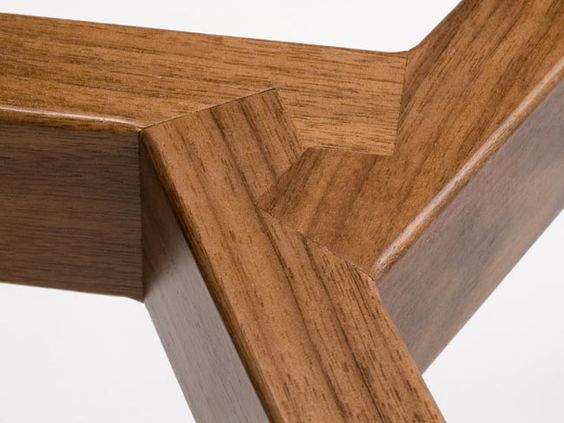
It's amazing how they could envision what the joint would look like. Now, when you can make computer programs for any kind of cutting and joining, and make them using CNC, it still seems hard to think of a construction made entirely of joints without any aids. In the past everything was done by hand, with classic tools, and the result was perfect and lasted for centuries. And everything was designed in such a way that the wood grain didn't have to suffer so as not to affect the joint's strength.
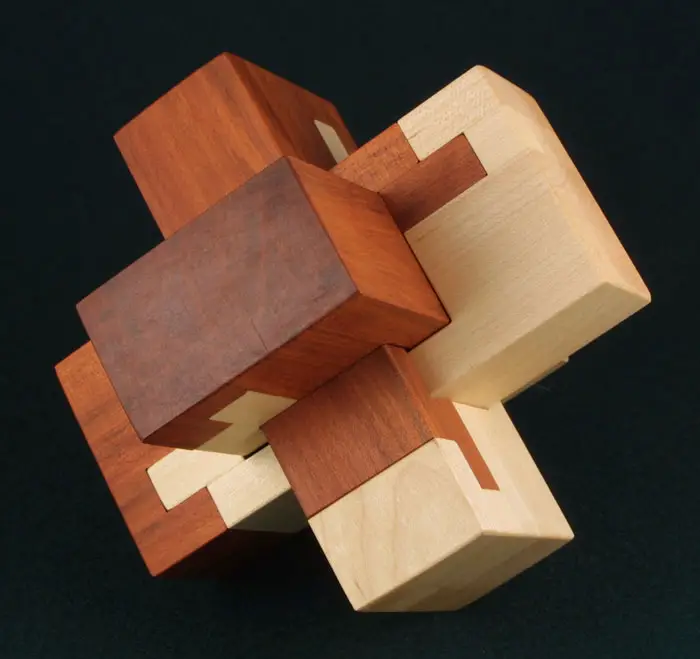
What got me talking about the book was, perhaps more than what it encompasses, the story of its appearance. The book has two authors, Torashichi Sumiyoshi and Gengo Matsui. The former is a master carpenter born in 1911, who learned traditional Japanese carpentry in the castes that pass down the art of woodworking from generation to generation. Since 1924 he has been working with wood with his own firm and has become a member of organizations that build and restore temples.
The second is a renowned Waseda University professor. Matsui graduated as an architect from the university in 1943 and returned there as a professor after receiving his doctorate in 1960. The two met in 1985 when they worked together on the design and construction of Eishin Gakuen Higashino High School, together with English architect Christofer Alexander. Eishin Gakuen is famous for its wooden structure, especially as it came after a long period when such buildings had not been built.
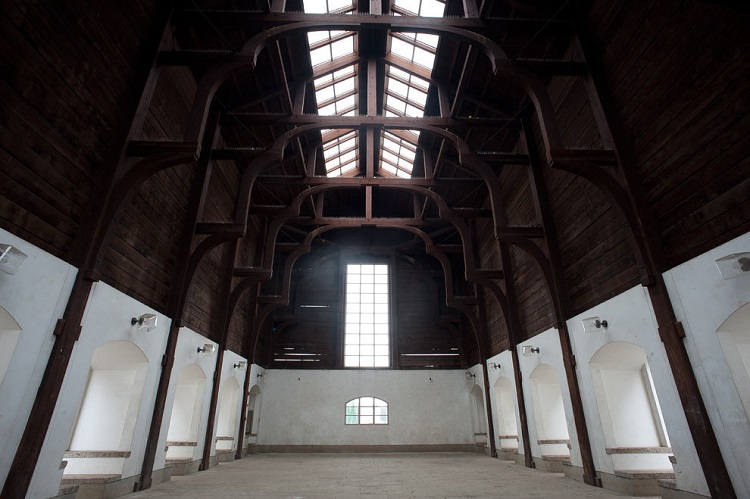
Matsui was impressed by Sumiyoshi's artistry, his simple way of working. It was a way of working he had learned nothing about at school. But those simple joints were so solid and so correctly and precisely made as if they were the work of a scientist. He decided that this knowledge should not be lost, that it was a treasure trove and that builders, engineers and architects should be able to study it in school. This is how the book came into being, in which the sketches were made by Waseda University students following the carpenter's precise instructions.
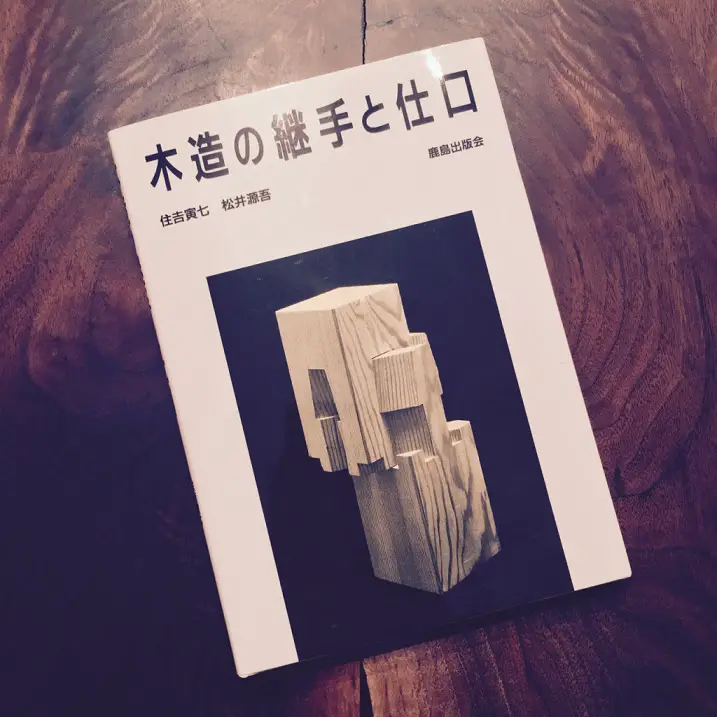
As I said, the book was published in 1989, and by 1990 the second edition was already out. The English-language version was soon available in 1991. Since then, this book has been a must for many craftsmen all over the world, with new editions being printed. You can find here the first edition version which I am sure that enthusiasts will see as a real treasure.
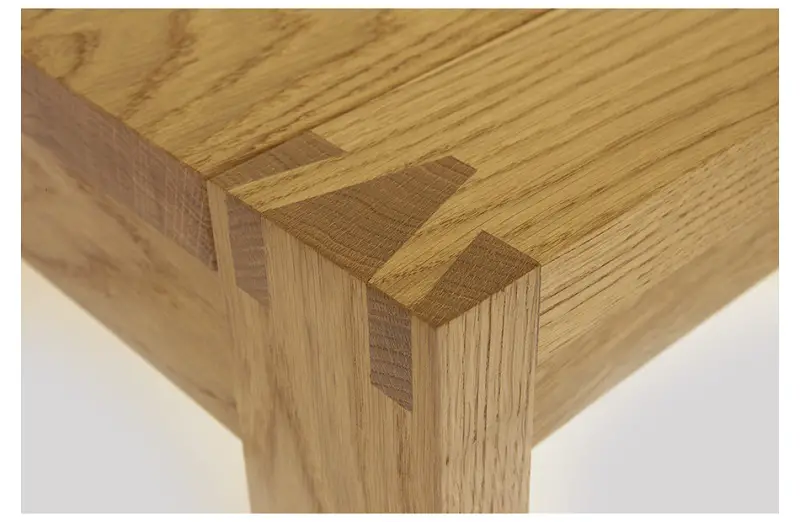




























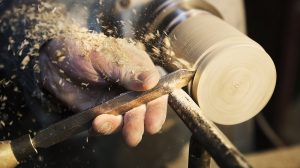




Much respect for the way you share this passion with others
Thank you!
Thank you. I remain grateful for this useful and very well presented information. I admired in Japan the "monastery out of wood", which is made ONLY of wood. When will we also forget the criminal saying: "Why keep it simple when it can be complicated"?
Glad I could be of service.
All the best!
Thank you for the gift pdf made... Respect for this passion...
With pleasure!
Thank you so much for this valuable and important information on wood art ........as well as the wonderful book.
The Japanese are very advanced in woodworking and building many temples only from wood, without other auxiliary materials......Japanese are a hardworking, talented people, with will and perseverance in many fields, ....I watch with great pleasure their broadcasts on NHK satellite.......as well as on the internet http://www.nhk.com
Yours sincerely Mrs Radu....
Very ingenious, nowadays they can easily be done with the computer. Interesting how they were made 100 years ago! Respect! There are however European wooden joinery, less sophisticated but very efficient and cheaper, as I think even in Japan they are not so widespread. Let's take the example of samurai swords, about which there are so many stories. In a test they were much weaker than European swords.
too many ads on the page... makes you give up watching it...
Fascinating! Are there people/firms in Romania who apply these woodworking methods? I would love to learn this craft from people who practice it.
Good evening!
There are skilled carpenters who make such joints in our company. But there is no school where such a carpenter teaches, as there is in the US or UK. Perhaps, in time, we will have such schools.
All the best!
Mrs Radu, I am interested to know more details about these carpenters.
On the other hand, I imagine that contact details cannot be mentioned here, as it is not an advertising page.
I would appreciate it if you could send me an email address where I can correspond more with you on this topic.
Sincerely.
Hello!
You can write to me at mihaela.radu@cesbrands.ro.
All the best!
Very nice, I am interested in how to purchase such a book. How much does it cost.